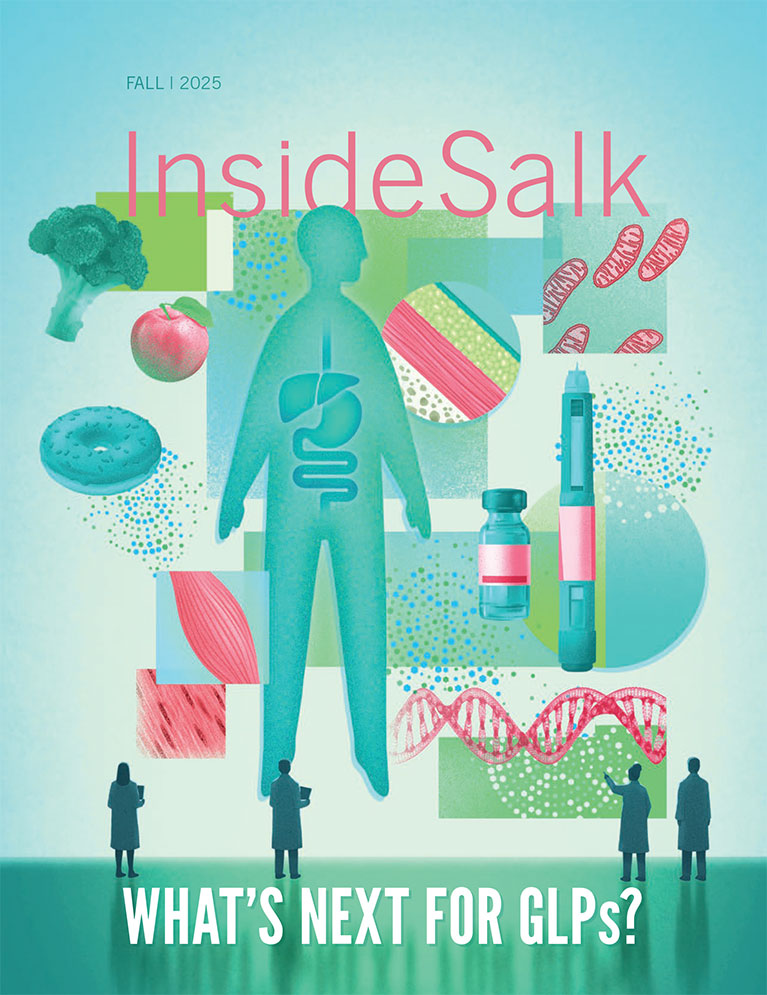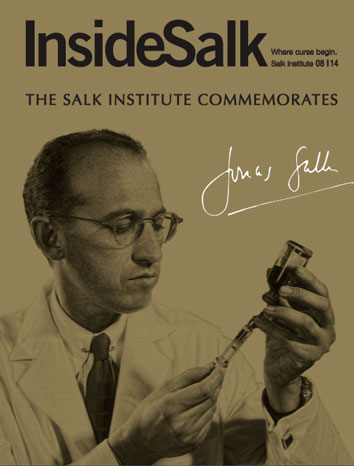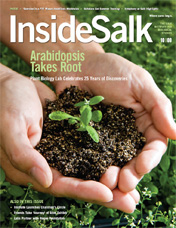Implicit bias, defined as “an unconscious favoritism towards or prejudice against people of a particular race, gender, or group that influences one’s actions or perceptions,” is garnering a good deal of societal interest lately, but it’s also the subject of a growing body of scientific research.
Salk Professor and neuroscientist Thomas Albright says everyone’s perceptions are framed by unconscious inferences, or biases. They are part of the way the human brain deals with the uncertainty of new information: Is that person running towards me shouting to warn me of danger, or to threaten me? Our brain tries to reduce uncertainty by relating the new experience to other experiences we’ve had: what social scientists call “priors.”
Often, our “priors” are based on incomplete or faulty information, which is what can lead us to behave in ways that may harm others. We’re usually not even aware of the unconscious beliefs we hold, which are based on countless previous experiences or societal influences.
One way we see this play out is in the legal system. Many people are wrongly accused of crimes based on unreliable eyewitness testimony, which can stem from eyewitness’ unconscious ideas about which kinds of people are more likely to commit crimes—people of a certain age, race or gender, for example. Albright says understanding that we all make unconscious inferences is the first step toward not acting on them in ways that cause harm. In 2020, the Albright lab published a paper in Nature Communications proposing a new method of doing police lineups that would help eliminate unconscious biases that shape people’s decisions without their awareness (see “Discoveries” in Winter 2020 issue).
More recently, Albright served on a committee of the National Academies of Sciences (NAS) to study implicit bias in detail. The NAS’ mission is to provide “independent, objective advice to the nation on matters related to science and technology.” As a member of the committee, Albright helped organize a two-day workshop on implicit bias in March 2021.
The workshop presentation and videos are available to the public on the National Academies’ website,
www.nationalacademies.org/events

























































